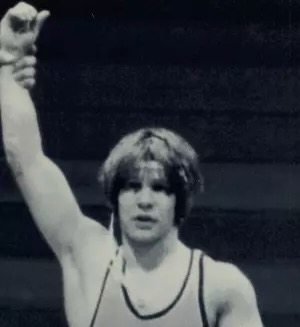
They lost a heartbreaker. Then they lost to their rival. AGAIN.
Finished 4th in their conference, but worse…
Their entire fanbase turned against him.
“Fire HIM!” They screamed.
“Can’t win the Big One!" They muttered.
What did he do?
First, he did what wrestlers across the country should do right now:
Shut.
Out.
The.
Static.
He met with his downtrodden team. No other coaches, no managers, No PRESS.
Just him and his team. And he fully embraced the “Us against the world" scenario.
What Ryan Day said to his team – when it was only him and them – started them on the path to sweep to the national championship.
He told them (and I paraphrase since I wasn’t in that locker room either)…
to shut out everything except the guys in that room right now.
“Focus just on us.”
We can let this beat us, or we can pull together, shut out all the nonsense and get back to work.
There’s more football to be played!
That Ohio State team, the one we saw in the playoffs, barely resembled the team that lost on their home field to their rivals.
“The Static” in wrestling is real as well, and emanates from various sources.
It comes from rankings. (“Ooo, I’m 25th and there are 4 guys ranked ahead of me in my district. Maybe I should switch weight classes!”)
Sometimes it comes from teammates. (“This guy is really good – watch out for his single leg!”)
Sometimes it even comes from coaches (My all-team least favorite coaching point: “Just don’t get pinned.”)
Sometimes it even comes from…
a piece of paper…
in the form of a bracket (IF you’ve ever heard two wrestlers discuss their bracket and determine who they will face when they lose – you know of what I speak).
All of the above qualifies as static.
Static is anything that gets in the way of you wrestling your best when you hit the mat.
Once you step in the circle and shake hands, none of that static matters.
The only thing that matters is: Am I ready to wrestle my best?
When the Buckeyes took the field, they Shut Out ALL the noise – so they could play their best football when it counted the most.
Now’s it your turn. Starting with your very next match.
-Randy







